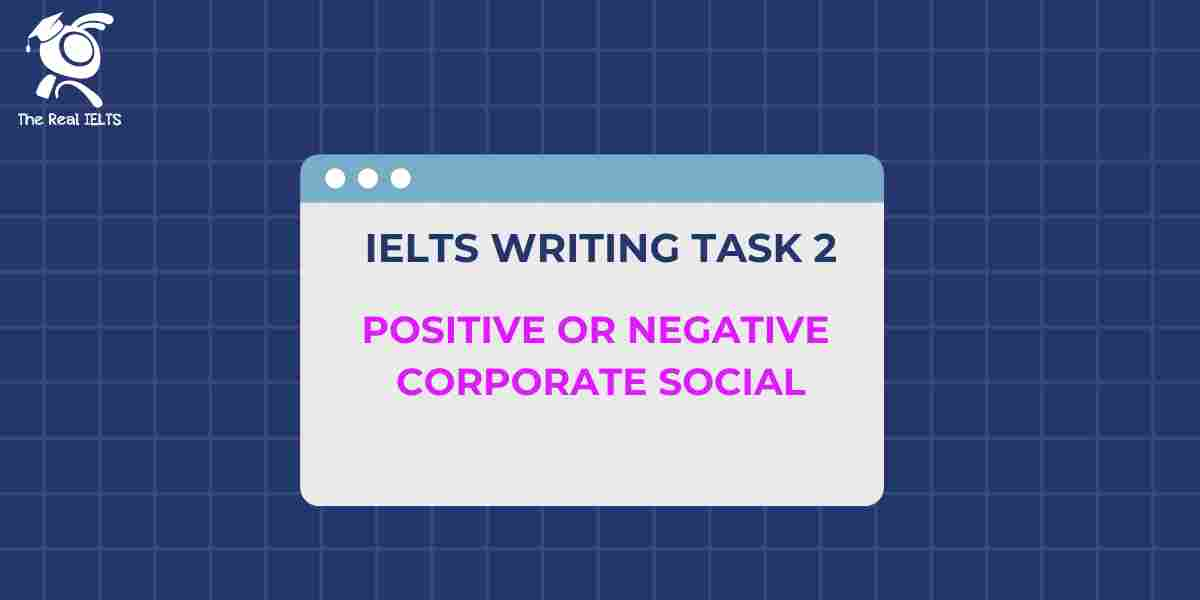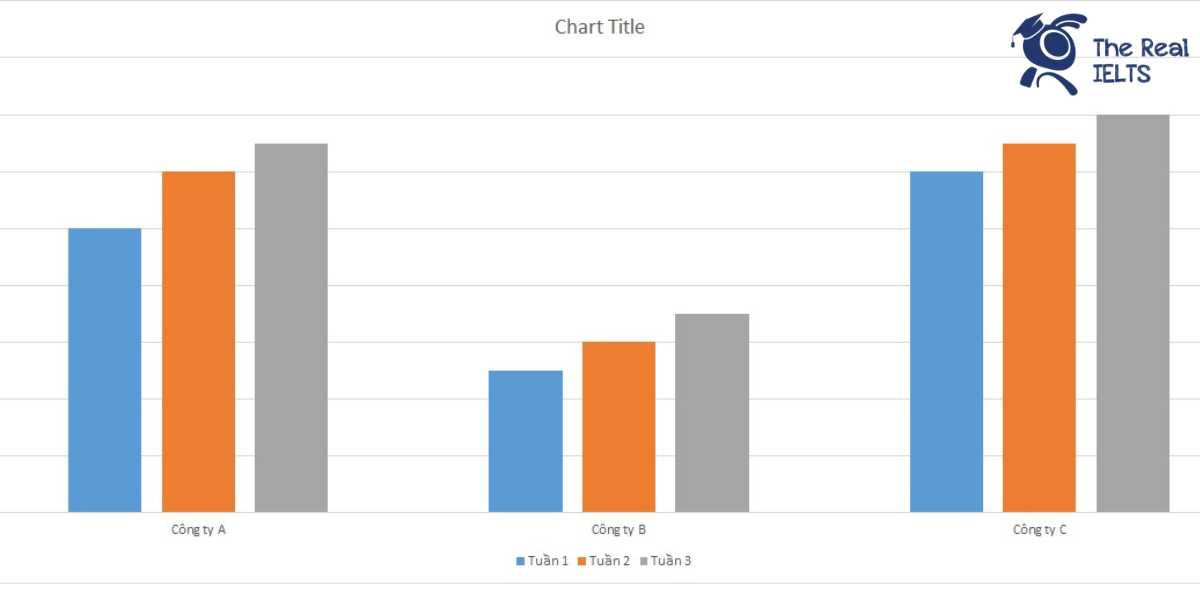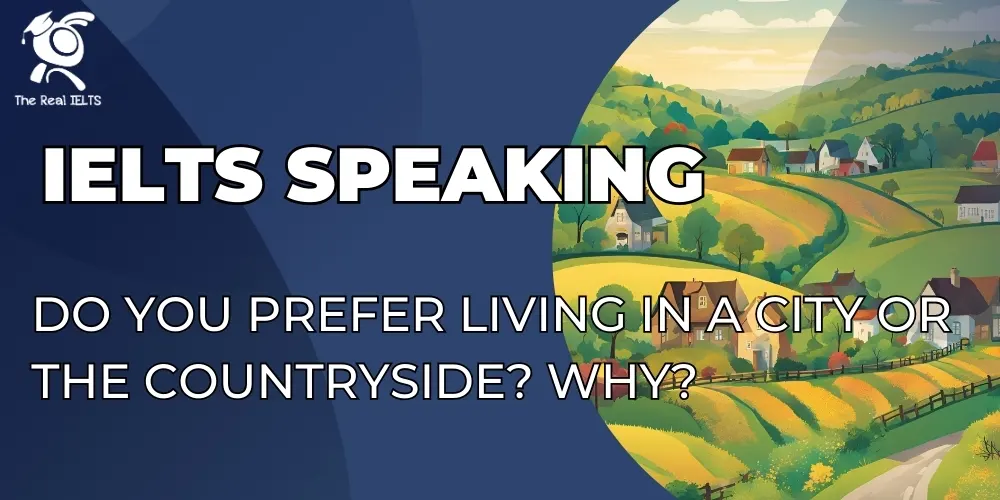Đề thi IELTS Reading có tiêu đề “The Importance of Biodiversity Conservation”
Nhớ đọc thêm các bài luyện thi IELTS nhé.
IELTS Reading: “The Importance of Biodiversity Conservation”
Biodiversity, which encompasses the variety of all living organisms on Earth—including plants, animals, fungi, and microorganisms—plays a crucial role in maintaining the balance of ecosystems and the services they provide. The conservation of biodiversity is essential not only for the health of our planet but also for human survival and well-being. As ecosystems around the world face growing threats from human activities such as deforestation, pollution, and climate change, the need for robust biodiversity conservation strategies has become increasingly urgent. This essay discusses the significance of biodiversity conservation, highlighting its ecological, economic, and social importance.
One of the most compelling reasons to conserve biodiversity lies in its ecological value. Biodiversity underpins ecosystem functioning, which in turn supports life on Earth. Different species within an ecosystem interact in complex ways, creating a web of life that sustains the flow of energy, nutrients, and resources. For instance, pollinators such as bees, butterflies, and birds are critical for the reproduction of many plants, including those that produce food for humans.
If these pollinators were to decline due to habitat loss or pesticide use, the impact on global food production could be catastrophic. Similarly, healthy forests, which are rich in biodiversity, play a key role in regulating the climate by absorbing carbon dioxide, preventing soil erosion, and maintaining water cycles. When biodiversity is lost, the stability and resilience of ecosystems are compromised, making them more susceptible to disturbances such as disease outbreaks, extreme weather events, and invasive species.
Beyond its ecological value, biodiversity also has immense economic significance. Many industries rely directly on biodiversity, including agriculture, pharmaceuticals, and tourism. For example, agriculture depends on a wide range of plant and animal species for crop pollination, pest control, and genetic diversity, which is vital for breeding new crop varieties that are resistant to diseases and climate change. The pharmaceutical industry, too, relies heavily on biodiversity; numerous drugs have been developed from compounds found in plants, fungi, and other organisms.
Aspirin, for instance, was originally derived from the bark of willow trees, while the cancer-fighting drug Taxol comes from the Pacific yew tree. Furthermore, ecotourism, which attracts millions of visitors to natural areas each year, generates significant revenue for local communities and economies. Protecting biodiversity ensures the sustainability of these industries, which in turn supports livelihoods and contributes to economic development.
Social and cultural values also underscore the importance of biodiversity conservation. For many indigenous communities, biodiversity is deeply intertwined with their cultural identity, traditional knowledge, and way of life. Indigenous peoples have lived in harmony with nature for centuries, and their practices often involve sustainable use of natural resources that promote biodiversity conservation. For example, shifting cultivation, which allows land to regenerate between periods of use, and traditional fishing methods that prevent overexploitation, are practices rooted in a deep understanding of local ecosystems. Preserving biodiversity is therefore crucial not only for protecting the rights and heritage of these communities but also for maintaining the traditional knowledge that can inform modern conservation efforts.
Despite its importance, biodiversity is under severe threat. According to the United Nations, the world is experiencing the fastest rate of species extinction in history, with up to one million species at risk of disappearing within the next few decades. The primary drivers of biodiversity loss include habitat destruction, climate change, overexploitation of resources, pollution, and the introduction of invasive species. Deforestation for agriculture, mining, and urban development has led to widespread habitat loss, fragmenting ecosystems and leaving species with nowhere to thrive.
Climate change is causing shifts in temperature and precipitation patterns, forcing species to migrate or adapt, often with little success. Overfishing, hunting, and poaching are pushing numerous species to the brink of extinction, while plastic pollution and chemical contaminants are poisoning marine and terrestrial habitats.
In response to these challenges, governments, organizations, and communities worldwide are taking steps to protect and restore biodiversity. International agreements such as the Convention on Biological Diversity (CBD) aim to promote global cooperation in biodiversity conservation, setting targets for the protection of species and habitats. Protected areas, such as national parks and nature reserves, have been established to safeguard key ecosystems from human interference. Moreover, reforestation and habitat restoration projects are helping to rebuild ecosystems and create corridors for wildlife movement. However, these efforts alone are not enough.
Effective biodiversity conservation requires a holistic approach that addresses the root causes of biodiversity loss and integrates conservation into all sectors of society. This includes sustainable land use planning, reducing carbon emissions to mitigate climate change, promoting responsible consumption and production, and supporting community-led conservation initiatives.
In conclusion, the conservation of biodiversity is of paramount importance for ecological stability, economic sustainability, and cultural preservation. The intricate relationships between species within ecosystems provide essential services that support life on Earth, while the economic benefits derived from biodiversity are vast and far-reaching. Additionally, for many communities, biodiversity is a source of cultural identity and traditional knowledge that has been passed down through generations. However, the threats to biodiversity are significant, and urgent action is needed to halt the current trajectory of species loss. By prioritizing biodiversity conservation and fostering global cooperation, we can help ensure that future generations inherit a healthy and thriving planet.
Đề bài thi IELTS Reading
Multiple Choice (Trắc nghiệm)
- What does biodiversity include?
- A. Only plants and animals
- B. Only microorganisms
- C. All living organisms
- D. Only fungi
- Which of the following is NOT a reason for conserving biodiversity?
- A. Ecological balance
- B. Economic benefits
- C. Religious practices
- D. Cultural preservation
- What is the consequence of losing pollinators like bees?
- A. Increased soil erosion
- B. Decline in global food production
- C. More stable weather patterns
- D. Expansion of forest areas
- Why are healthy forests important?
- A. They reduce soil fertility.
- B. They absorb carbon dioxide.
- C. They limit rainfall.
- D. They support urban development.
- Which industry depends heavily on biodiversity for drug development?
- A. Tourism
- B. Agriculture
- C. Pharmaceuticals
- D. Construction
- The drug Taxol, mentioned in the passage, is derived from:
- A. Willow trees
- B. Pacific yew trees
- C. Maple trees
- D. Eucalyptus trees
- Ecotourism is important because it:
- A. Contributes to habitat destruction
- B. Reduces biodiversity
- C. Generates revenue for local communities
- D. Encourages urban sprawl
- Which of the following is mentioned as a traditional method that promotes biodiversity conservation?
- A. Overfishing
- B. Shifting cultivation
- C. Industrial farming
- D. Genetic modification
- What is a key driver of biodiversity loss?
- A. Increased species diversity
- B. Habitat restoration
- C. Climate change
- D. Reforestation
- How many species are at risk of extinction according to the passage?
- A. A hundred species
- B. A thousand species
- C. One million species
- D. Ten million species
True/False/Not Given
- Biodiversity supports ecosystem functioning by maintaining nutrient flow. (True/False/Not Given)
- Deforestation has a positive impact on biodiversity. (True/False/Not Given)
- Aspirin was originally derived from the bark of birch trees. (True/False/Not Given)
- Traditional knowledge of indigenous communities often conflicts with modern conservation methods. (True/False/Not Given)
- Habitat destruction is primarily caused by urbanization according to the passage. (True/False/Not Given)
- The UN claims that species extinction rates are slower today than in previous eras. (True/False/Not Given)
- Ecotourism harms local communities economically. (True/False/Not Given)
- Overexploitation is one of the major threats to biodiversity. (True/False/Not Given)
Yes/No/Not Given
- Does the author believe that biodiversity conservation is crucial for human well-being? (Yes/No/Not Given)
- Does the passage suggest that habitat restoration alone is sufficient to protect biodiversity? (Yes/No/Not Given)
- Does the author agree that protecting biodiversity is unnecessary for economic development? (Yes/No/Not Given)
- Does the passage indicate that climate change benefits biodiversity? (Yes/No/Not Given)
Matching Information
- Match the following conservation efforts with the corresponding benefits:
- A. Reforestation
- B. Protected areas
- C. Sustainable land use planning
- D. Supporting community-led conservation
i. Promotes wildlife movement
ii. Prevents habitat loss
iii. Reduces carbon emissions
iv. Restores ecosystems
Matching Headings
- Match the following headings to the appropriate paragraphs:
- A. Ecological Importance of Biodiversity
- B. Economic Value of Biodiversity
- C. Social and Cultural Significance of Biodiversity
- D. Threats to Biodiversity
- Match the following headings to the appropriate paragraphs:
- A. The Role of Indigenous Communities
- B. The Global Response to Biodiversity Loss
- C. Economic Dependencies on Biodiversity
- D. The Importance of Ecosystem Stability
Matching Sentence Endings
- Complete the sentences by matching them with the appropriate sentence endings:
- A. Healthy forests help regulate…
- B. Indigenous communities rely on…
- C. Biodiversity loss leads to…
- D. Pharmaceutical companies benefit from…
i. traditional knowledge for conservation practices.
ii. climate and maintain water cycles.
iii. increased susceptibility to diseases.
iv. compounds found in plants and fungi.
Sentence Completion
- Biodiversity is essential for maintaining the _______ of ecosystems.
- Climate change is forcing many species to _______ or adapt to new conditions.
- The Convention on Biological Diversity (CBD) promotes _______ in conservation efforts.
- Reforestation projects are aimed at _______ ecosystems and supporting biodiversity.
Summary Completion
31-35. Complete the summary with words from the passage.
Biodiversity conservation is vital for both the _______ and economic stability of the planet. Ecosystems rely on a complex network of interactions between species, which supports essential processes such as _______ and nutrient cycling. Economic sectors like _______ and agriculture benefit directly from biodiversity. However, human activities such as deforestation and overexploitation are accelerating the rate of species _______, posing a major threat to global biodiversity. International agreements and community-led initiatives play a key role in efforts to _______ these trends.
Short Answer Questions
- What role do pollinators play in food production?
- What industry is heavily reliant on biodiversity for drug discovery?
- Which traditional practice mentioned helps in conserving biodiversity?
- What is a major driver of habitat loss?
- What is the purpose of protected areas in biodiversity conservation?
Đáp án bài thi IELTS Reading
Multiple Choice (Trắc nghiệm)
- C (All living organisms)
- C (Religious practices)
- B (Decline in global food production)
- B (They absorb carbon dioxide)
- C (Pharmaceuticals)
- B (Pacific yew trees)
- C (Generates revenue for local communities)
- B (Shifting cultivation)
- C (Climate change)
- C (One million species)
True/False/Not Given
- True (Biodiversity supports ecosystem functioning by maintaining nutrient flow.)
- False (Deforestation has a negative impact on biodiversity.)
- False (Aspirin was originally derived from willow trees, not birch trees.)
- Not Given (The passage does not specifically mention conflicts between traditional knowledge and modern conservation methods.)
- True (Habitat destruction is primarily caused by urbanization according to the passage.)
- False (The passage suggests species extinction rates are faster today.)
- False (The passage states that ecotourism benefits local communities economically.)
- True (Overexploitation is mentioned as a major threat to biodiversity.)
Yes/No/Not Given
- Yes (The author believes that biodiversity conservation is crucial for human well-being.)
- No (The passage suggests that habitat restoration alone is not sufficient to protect biodiversity.)
- No (The author does not agree that protecting biodiversity is unnecessary for economic development.)
- No (The passage indicates that climate change negatively affects biodiversity.)
Matching Information
- A – iii (Reforestation: Reduces carbon emissions)
- B – ii (Protected areas: Prevents habitat loss)
- C – iv (Sustainable land use planning: Restores ecosystems)
- D – i (Supporting community-led conservation: Promotes wildlife movement)
Matching Headings
- A – Ecological Importance of Biodiversity
- B – Economic Value of Biodiversity
- C – Social and Cultural Significance of Biodiversity
- D – Threats to Biodiversity
- A – The Role of Indigenous Communities
- B – The Global Response to Biodiversity Loss
- C – Economic Dependencies on Biodiversity
- D – The Importance of Ecosystem Stability
Matching Sentence Endings
- A – ii (Healthy forests help regulate… climate and maintain water cycles.)
- B – i (Indigenous communities rely on… traditional knowledge for conservation practices.)
- C – iii (Biodiversity loss leads to… increased susceptibility to diseases.)
- D – iv (Pharmaceutical companies benefit from… compounds found in plants and fungi.)
Sentence Completion
- stability
- migrate
- cooperation
- restoring
Summary Completion
31-35.
- ecological health
- pollination
- medicine
- extinction
- counteract
Short Answer Questions
- Pollinators are essential for the production of many crops.
- The pharmaceutical industry relies on biodiversity for discovering new drugs.
- Shifting cultivation is a traditional practice that conserves biodiversity.
- Urbanization is a major driver of habitat loss.
- Protected areas are intended to prevent habitat destruction and support biodiversity conservation.
Luyện tập bài khác ở bài viết:”100 bài luyện IELTS Reading 2024 – 2025“















